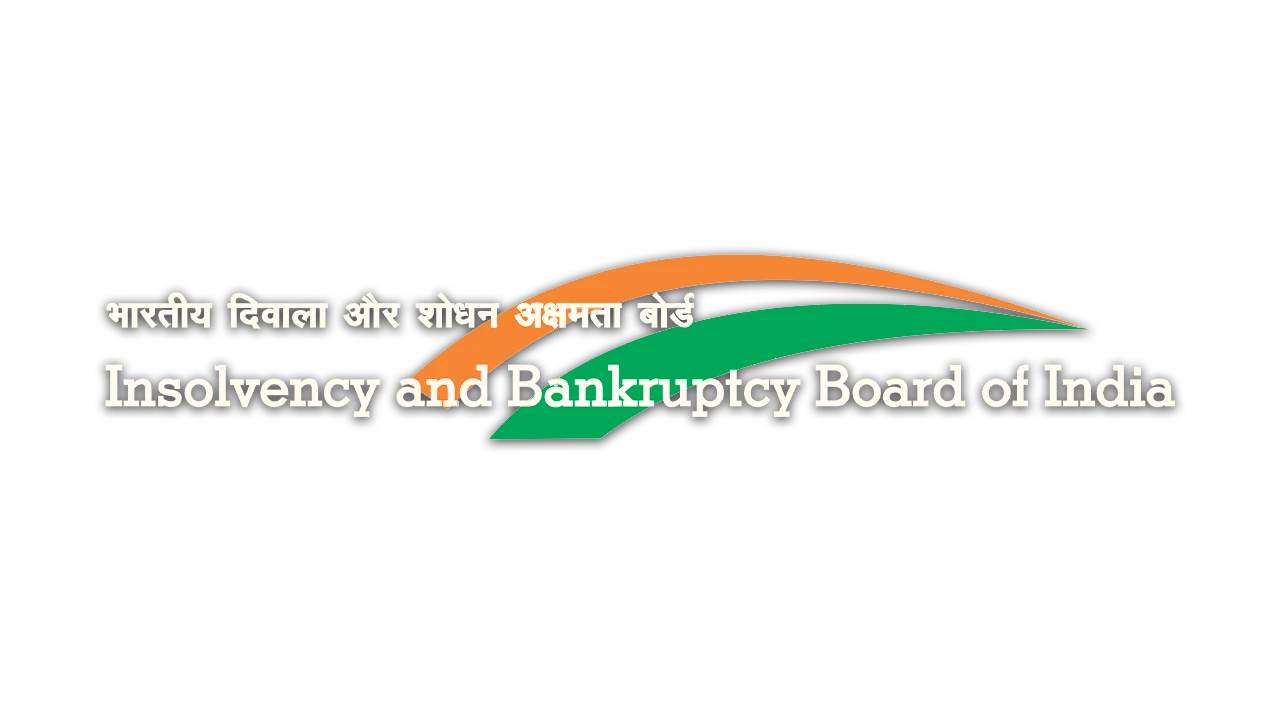Introduction
In a significant move set to revolutionize India’s corporate rescue landscape, the IBBI has ushered in a new era of efficiency and transparency. With the immediate notification of the Insolvency and Bankruptcy Board of India (Insolvency Resolution Process for Corporate Persons) (Fourth Amendment) Regulations, 2025, the IBBI reinforces its commitment to strengthening the nation’s insolvency framework under the groundbreaking IBC. These progressive reforms promise not just procedural clarity and enhanced creditor protection, but a tangible acceleration in the journey towards corporate revival.
The amendments, effective since their notification on May 26, 2025, are meticulously crafted to tackle persistent challenges within the CIRP, paving the way for more adaptable restructuring solutions and fostering greater confidence among all stakeholders.
Key Amendments and Legal Implications
Flexible Resolution Pathways: The IBBI now empowers Resolution Professionals RPs and the CoC to choose from three formats for resolution plans: the corporate debtor as a whole, specific asset sales, or a combination of both. This flexibility is crucial for complex cases, allowing for value preservation and attracting diverse investor interest.
Empowering Interim Finance Providers: A new provision allows interim finance providers to attend CoC meetings as observers. This enhanced transparency ensures they are better informed, facilitating smoother financial decisions and encouraging vital short-term funding for distressed companies.
Equitable Treatment for Dissenting Creditors: To ensure fairness, dissenting financial creditors are now guaranteed prioritized and pro rata payment over consenting creditors during phased resolution plan implementations. This balances minority rights with commercial realities.
Mandatory Presentation of All Plans: Regulation 39(2) has been revised to mandate that RPs present all received resolution plans, including non-compliant ones, to the CoC. This crucial step enhances transparency and information symmetry, enabling more informed and strategic decision-making by the CoC.
Conclusion
These latest reforms underscore India’s unwavering commitment to aligning its insolvency ecosystem with global best practices. Anticipated benefits include heightened creditor confidence, more adaptable restructuring solutions, enhanced transparency, and ultimately, faster, fairer resolution outcomes. These forward-thinking steps solidify India’s robust insolvency mechanism, supporting asset recovery, encouraging timely resolution, and diligently protecting all stakeholders.
Citations
1. Insolvency and Bankruptcy Board of India Insolvency and Bankruptcy Code, 2016Corporate Insolvency Resolution Process Resolution Professionals Committee of Creditors
2. nsolvency and Bankruptcy Code, 2016Corporate Insolvency Resolution Process Resolution Professionals Committee of Creditors
3. Corporate Insolvency Resolution Proces
4. Resolution Professionals
5. Committee of Creditors
Expositor(s): Adv. Archana Shukla






